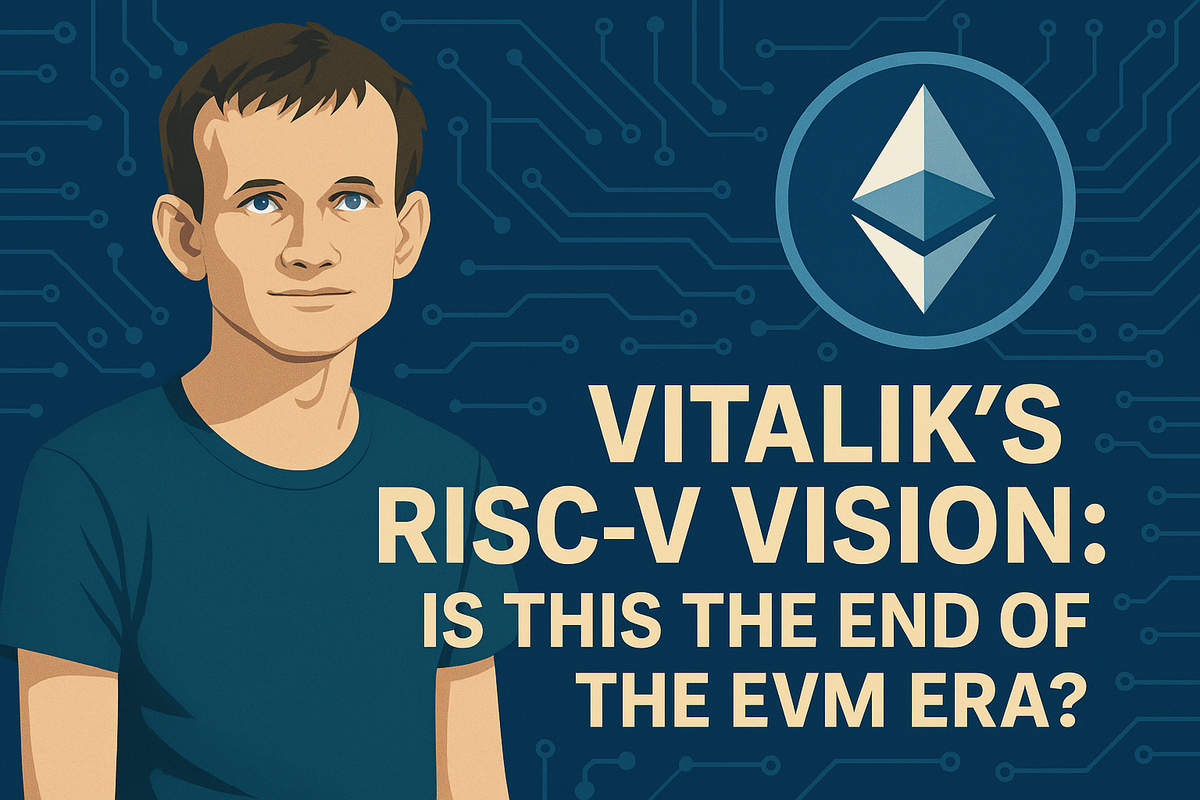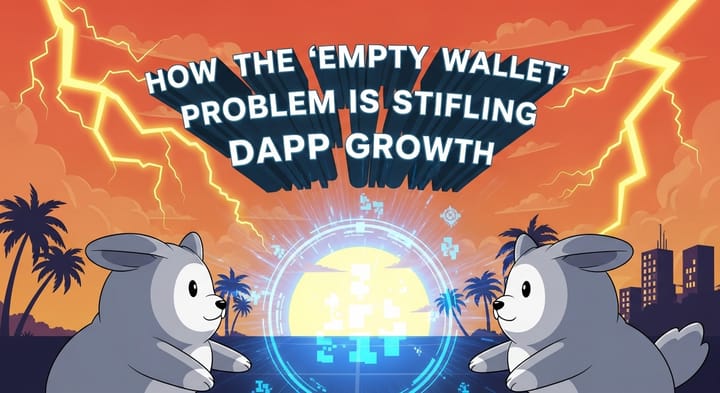Vitalik’s RISC-V Vision: Is This the End of the EVM Era?

Introduction
“Ethereum should replace the EVM with RISC-V.” That one line from Vitalik Buterin sparked intense curiosity, confusion, and debate across the crypto space. But what does it really mean? Why now? And how could this affect the future of smart contract platforms including modular ecosystems like Mitosis? In this article, we’ll break down what RISC-V is, why Vitalik is proposing this bold shift, and what it could mean for the way blockchains are built, secured, and scaled.
What is RISC-V and Why Should Ethereum Care?
RISC-V (pronounced “risk-five”) is an open, standardized instruction set architecture (ISA) — basically, the blueprint for how processors run code. Currently, Ethereum’s EVM (Ethereum Virtual Machine) acts as the execution layer for smart contracts. But it’s a custom-built environment with limitations: ➠ It's inefficient compared to real-world processors. ➠ It adds complexity for developers. ➠ It can be a bottleneck for scaling. Vitalik’s idea? Replace the EVM with something that’s widely adopted and optimized — like RISC-V. This could: ➜ Enable faster, cheaper execution of smart contracts ➜ Attract mainstream developers already familiar with RISC-V ➜ Improve compatibility across chains and tools This shift wouldn't happen overnight, but it opens the door for a more modular, performant Ethereum — and by extension, more powerful L2s and appchains.
Why This Matters for Mitosis and Modular Builders
If Ethereum evolves its execution layer, L2s and rollups like Mitosis need to evolve too. Here’s how this proposal ties into modular blockchains: → Modularity thrives on shared standards. If RISC-V becomes a base execution layer, it could unify development across modular ecosystems. → Roll ups need performance. RISC-V could lower gas costs and improve throughput — crucial for L2 success. → It could break EVM monoculture. That’s an opportunity for chains like Mitosis to innovate on tooling, UX, and DevEx without being tied down. For Mitosis contributors, this is a chance to get ahead of a potential new standard. Imagine building execution layers that are natively RISC-V compatible. Or better yet, imagine integrating multiple VMs side by side — something modular architectures are built for.
What Builders Can Do Now
If you’re in the modular or rollup space, here’s how to stay ahead:
→ Start exploring RISC-V and its open ecosystem. → Watch teams experimenting with non-EVM VMs (like Move, SVM, FuelVM). → Experiment with modular execution layers — this might soon become a serious differentiator. And most importantly: stay flexible. The future of blockchain execution may not be EVM vs. non-EVM — it may be multi-VM. Mitosis, as a modular chain, is positioned to embrace that future.
Conclusion
Vitalik’s RISC-V proposal isn’t just a technical idea — it’s a signal. The Ethereum ecosystem is preparing for a more open, efficient, and possibly non-EVM world. For modular ecosystems like Mitosis, this is an opportunity. To rethink execution. To welcome new devs. And to lead the shift toward high-performance, interoperable blockchain systems. Key takeaway: If EVM defined the past, modular RISC-V execution could define what comes next — and Mitosis is built to meet that moment.



Comments ()